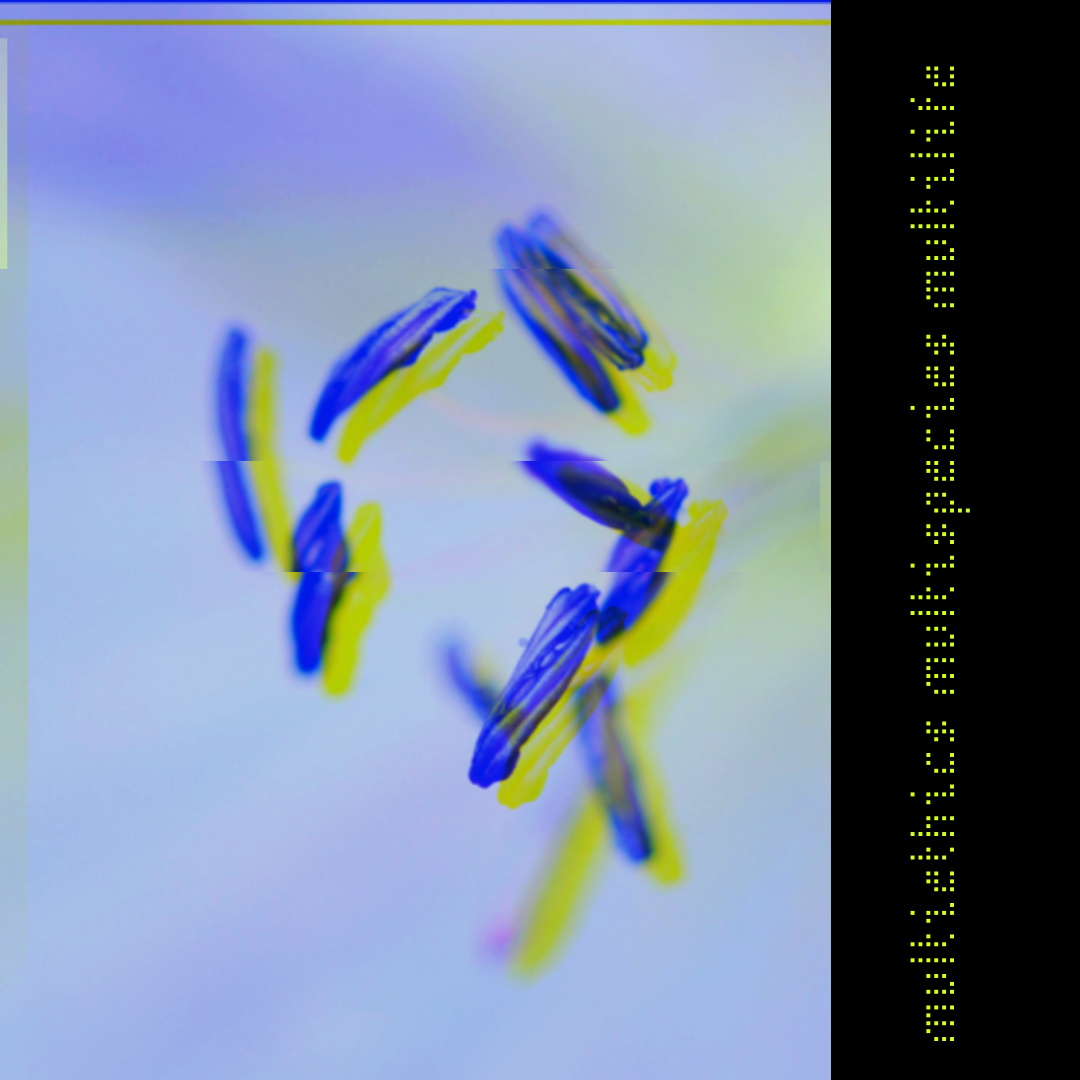
Sandra Meek
Artist Statement: Talking & Listening to Plants
As a child I was fascinated by prayer plants’ sleek, pink-ribbed leaves, by bonsais’ tiny artful twists. The weeping willow in our small back yard gifted the feeling of safety when I believed myself hidden behind its curtains, and when our grocery store was giving away ready-to-plant ash trees—likely for the first Earth Day, in April 1970, when I was seven—I begged my mother to take me. She had no faith in the thing I collected there, and even I was secretly doubtful of the dormant tree we planted: a bare stick with a few straggly roots, hardly the leafing beauty I had imagined.
I had little appreciation, though, for the pines and aspens I knew growing up on Colorado’s Front Range. I would have preferred to get lost in the dark, brambly woods I’d read about in fairy tales, to see those hardwood trees go chromatic in the fall—a spectrum of yellows and oranges and deep reds, not just the monotone gold of the Colorado fall’s aspen I couldn’t understand tourists’ excitement about.
My awakening to wild flora happened when I became a Peace Corps volunteer. Having never been abroad before, I found myself in Botswana, in a village on the edge of the Kalahari Desert, a starkly beautiful landscape dominated by thornbush with tiny leaves and outsized, toothpick-like thorns. Once awoken, that sense of wonder in the natural world, in plants and all the rootless creatures they host and give life to, never slept again, whether I was hiking among the quiver trees of southern Namibia or the aspen and pine forests of Colorado—now devastated by beetle kill, a scourge brought on by rising temperatures.
When we say we’re putting down roots, we mean we’re making a place home. With the outsized lifespan—centuries, even millennia—of many trees and other plants, far longer than humans or any other animals, roots suggest permanence, or at least endurance. But plants evoke fragility as well as resilience, transience as well as endurance, as does the bloodroot, its brief blooms the announcement of spring to southern Appalachia, where I’ve lived now a quarter century. This ephemerality is a natural, seasonal cycle, but what we are increasingly witnessing we know is a whole other kind of transience, a forever loss. Southern Africa is one of the fastest warming and drying regions on earth, and for Namibia’s quiver trees, trying to escape the killing heat by climbing to higher, cooler temperatures generation by generation, time is running out; the change we’ve wrought, too extreme for adaptation.
Last year, I visited that house I grew up in. In the twenty-plus years since my mother sold it, the house and the neighborhood have begun to fall into decline. My parents have long passed, but my sister was there to see it with me: the weeping willow was gone; the cherry tree, the lilac and pussy willow, all gone—but towering over the house, shading the redwood deck which the city had recently condemned, was the ash tree.
Photo Credit: Paul O’Mara
Sandra Meek is the author of six books of poems, most recently Still (Persea Books, 2020), named a “New & Noteworthy Poetry Book” by The New York Times Book Review. A recipient of a National Endowment for the Arts Fellowship in Poetry and the Lucille Medwick Memorial Award from the Poetry Society of America, she has three times been awarded Georgia Author of the Year in Poetry and twice the Peace Corps Writers Award in Poetry. She is Poetry Editor of the Phi Kappa Phi Forum and teaches at Berry College. Visit her at www.sandrameek.com.


